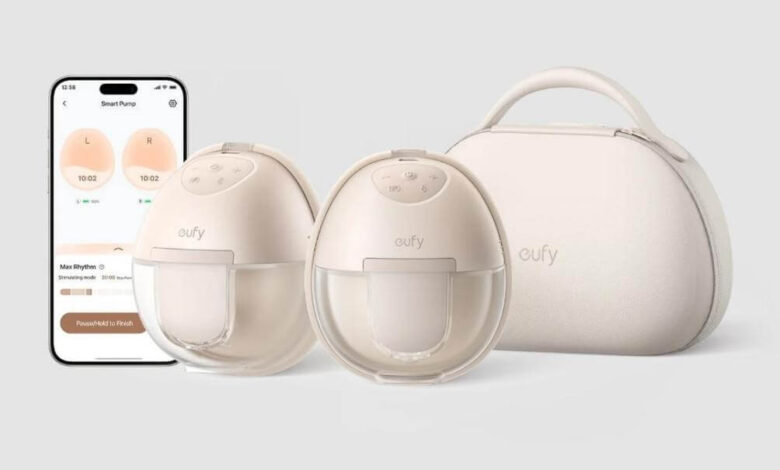Pumping vs. Nursing: Which Is Better for Your Baby?

To pump or to nurse is the all-important question for mothers. When deciding between pumping and nursing, it’s essential to consider various factors to determine what is best for both the baby and the mother. Both methods offer distinct advantages and challenges, and the choice often depends on individual circumstances, lifestyle, and personal preferences. So without any further ado, let’s get right into today’s subject matter.
Nursing: The Traditional Approach

Direct breastfeeding** is often viewed as the most natural and beneficial method for feeding a baby. Nursing promotes a strong emotional bond between mother and child through skin-to-skin contact, which is crucial for the baby’s emotional and physical development. Breastfeeding also ensures that the baby receives milk at the optimal temperature and with the right nutrient composition, as it adjusts according to the baby’s needs over time.
Nursing also stimulates the production of oxytocin, a hormone that helps the uterus return to its pre-pregnancy size and reduces postpartum bleeding. Additionally, breastfeeding is convenient; it requires no equipment, preparation, or cleanup, making it easier for mothers who are constantly on the go.
However, nursing can also present challenges. Some mothers may experience difficulties with latching, nipple pain, or engorgement. Furthermore, breastfeeding demands the mother’s physical presence, which can be limiting, especially for working mothers or those needing more flexibility.
Pumping: Flexibility and Freedom
Pumping breast milk offers flexibility, allowing others to feed the baby, which can be especially helpful for mothers who return to work or need a break. Pumping also allows mothers to continue providing breast milk even when they are not available for direct nursing, which can be beneficial for maintaining milk supply during separations.
Pumped milk can be stored and used later, ensuring that the baby continues to receive the benefits of breast milk even when breastfeeding is not possible. This method also allows mothers to monitor and measure how much milk the baby is consuming, which can provide peace of mind.
However, pumping has its downsides. It requires a significant time investment, not only in the act of pumping but also in cleaning and maintaining the equipment. The process can be physically uncomfortable, and some mothers may find it less satisfying than nursing. Additionally, the absence of skin-to-skin contact may reduce some of the bonding benefits that come with direct breastfeeding.
Final Thoughts: Which Is Better for Your Baby?
There is no one-size-fits-all answer to whether nursing or pumping is better for a baby. Both methods can provide the necessary nutrition and health benefits that breast milk offers. The decision should be based on what works best for the mother’s lifestyle, comfort, and ability to maintain a healthy feeding routine.
For some mothers, a combination of both nursing and pumping may be the ideal solution, allowing them to enjoy the benefits of breastfeeding while also accommodating their need for flexibility. Ultimately, the most important factor is that the baby receives adequate nutrition and care, whether through nursing, pumping, or a combination of both. If the disadvantages of pumping breast milk are not really bad for you and the infant child, then you’d be happy to know that Eufy is offering a breast pump called the Eufy Breast Pump S1 Pro that is extremely comfortable and provides an app integration that helps you manage the milk it collects.



